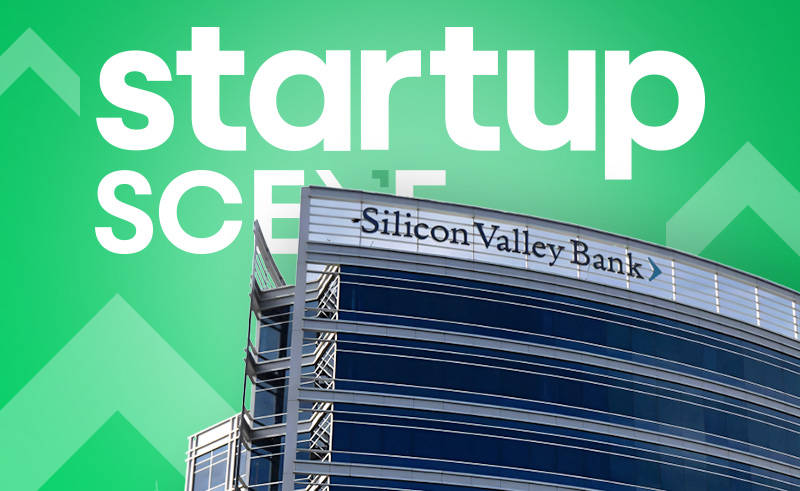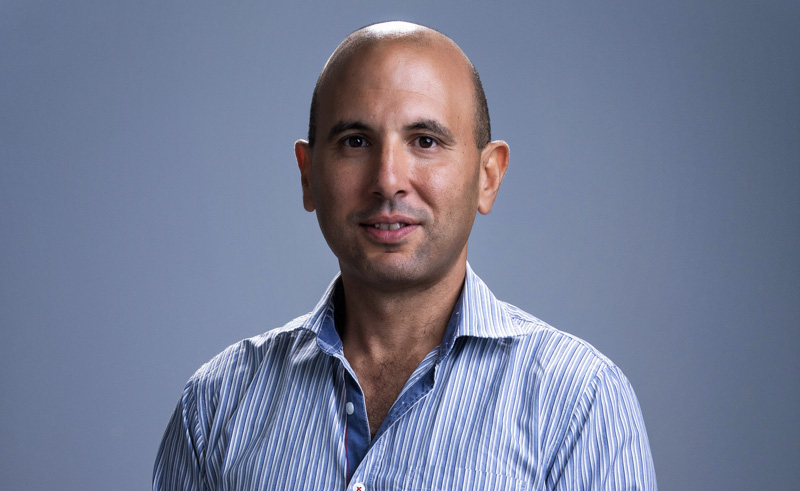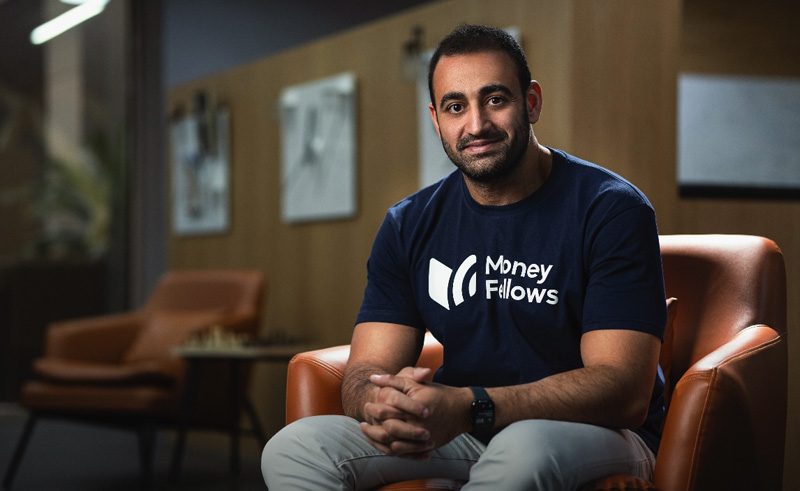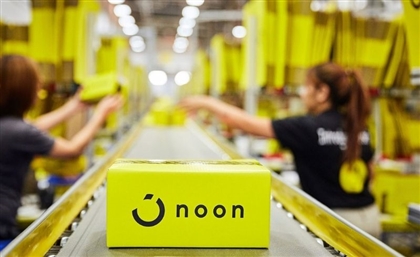Three Lessons from Silicon Valley Bank Collapse for Startup Founders
The bank’s failure exposed the need for founders to safeguard their investments, and build resilient businesses that can withstand the test of time.

One month after the Silicon Valley Bank (SVB) collapse, founders and investors are breathing a sigh of relief in the knowledge that they will not lose their money in one of the biggest US bank failures since the financial crisis of 2008. Instead, they can now focus on future proofing their investments, and learning from this opportunity to mitigate against risk.
Touted as the go-to-bank for tech startups and investors, SVB was considered the 16th largest bank in the US and the biggest one in Silicon Valley - as such, its failure sent shockwaves across the global banking industry. However, earlier last month, SVB was taken over by the Federal Deposit Insurance Corporation (FDIC), before being acquired by First Citizens Bank on March 27th, de-escalating the banking crisis, and calming global markets for the time being.
“This is an opportunity for people to be more aware about their finances, and think about diversification and treasury management,” Mohamed Hussain, Senior Investment Associate at Acasia Ventures, tells Startup Scene. “Not just startups or even VCs, but also the general public. Fortunately, this time there was minimal impact on deposit holders, as all the deposits have been secured. But everyone now needs to be conscious of where and how their money is being managed."
While SVB today is considered among the safest banks in the US since its deposits are now 100% guaranteed, the bank’s failure exposed the need for founders to safeguard their investments, and build resilient businesses that can withstand the test of time.
DIVERSIFY DEPOSITS
One of the best ways for founders to protect their investments is by spreading money across multiple banks. Although they may initially struggle with finding similar ‘startup-friendly’ banks to store their funds, it’s necessary if they want to secure their investments.
 Mohamed Nasser, co-founder of travel tech startup Fundok, believes that it’s always good practice to diversify deposits, and not keep all capital and funds in one place.
Mohamed Nasser, co-founder of travel tech startup Fundok, believes that it’s always good practice to diversify deposits, and not keep all capital and funds in one place.
“Especially in light of the current situation, we know as interest rates continue to rise, banks are placed under more and more pressure,” explains Nasser. “Being more cognizant of where you’re putting your money, at least in the short and medium term, is quite important. This was a foregone conclusion or a moot point four years ago, but today in the current climate, these are the things that companies need to look at quite closely.”
 Ahmed Wadi, Founder and CEO of Money Fellows, was also an SVB customer. He moved his startup’s funds to alternative bank accounts soon after SVB’s failure. He was also able to open a new bank account during this time, since some banks are now leveraging this opportunity to provide more efficient and startup-friendly account opening processes.
Ahmed Wadi, Founder and CEO of Money Fellows, was also an SVB customer. He moved his startup’s funds to alternative bank accounts soon after SVB’s failure. He was also able to open a new bank account during this time, since some banks are now leveraging this opportunity to provide more efficient and startup-friendly account opening processes.
“SVB has been very seamless. It’s very easy to open an account there, and they offer facilities for tech startups and VCs,” says Wadi. “That’s why everyone used to resort to them. So, I think banks can learn a lot from SVB’s onboarding process, and I think that some have already done so. We’ve been able to easily open an alternative bank account in a few days, which normally would have taken a few weeks.”
INVEST FUNDS
While having multiple bank accounts may hedge against risk, adopting an effective cash management strategy can also help founders safeguard their funds.
 Hussain believes that founders should think about investing their deposits, particularly soon after fundraising rounds, to better manage their liquidity and working capital.
Hussain believes that founders should think about investing their deposits, particularly soon after fundraising rounds, to better manage their liquidity and working capital.
One option he mentions are Treasury Bills (T-Bills), which have recently become more attractive as interest rates increase. This way, instead of a deposit sitting idle in a bank account, it is invested in a relatively safe and low-risk instrument.
“Usually, after funding rounds, startups collect a big amount of cash that is beyond their immediate liquidity requirements,” says Hussain. “So, they need to think about treasury management and what they are going to do with the remaining funds, which they’ll maybe need in six months or in a year's time. Are they just going to leave it in bulk in one bank account? Or diversify across different banks? Or perhaps put some in a financial instrument, like T-Bills for example?”
GET READY FOR A TOUGHER INVESTMENT CLIMATE
The MENA region may have been fairly insulated from the SVB collapse, except for those who had accounts at the bank, but the impact of this event may still affect investor appetite, particularly as they look at macroeconomic challenges and how it’s going to impact VC space in the region.
In Q1 '23 global funding declined by 53% YoY, reaching $76 billion compared to $162 billion in Q1’22, according to data by Crunchbase.
This funding crunch is pushing startups to further tighten their belts and focus on generating revenue until they are able to fundraise. One way they can do that is by having a financially sustainable business model, preferably sooner rather than later.
“Fundraising is difficult when you’re asking people for money and trying to sell an idea, a growth trajectory or a prototype for example that has not yet been monetized,” says Nasser from Fundok. “But once you’re able to monetize and monetize properly in a financially sustainable manner, then fundraising becomes significantly easier.”
Ultimately, however, if a startup is to survive today’s tough fundraising landscape, it needs to be resilient. It needs to have the ability to not only withstand setbacks, but continue moving forward despite challenging circumstances.
“Resilient companies can withstand pressure at difficult economic conditions,” says Hussain from Acasia Ventures. “The way we see it is that it’s always cyclical, and we’ve all been through the cycles over the years. Will the company be able to withstand the economic squeezes and make it through to the other side? That’s what we look for.”






















